USB
——
USB interface is designed for easy, hassle-free, and relatively inexpensive low- and medium-speed applications. At the low end, USB can sustain a rate of less then 0.2 MB/s; in its fastest mode USB is capable of about 1.5 MB/s. USB can support isochronous data transfer mode, but the bandwidth will be much lower that for, for example, IEEE 1394 Firewire.
Windows 98 supports USB and there was a limited support for USB in Windows 95. USB is still a serial-type interface and sends bits one after another... USB makes adding peripheral devices very easy and is quickly replacing different kinds of serial and parallel port connectors with one standardized plug and port combination. One can now connect a USB-capable mouse, keyboard, digital joystick, a scanner, a set of digital speakers, a digital camera or a PC telephone to the computer.
In theory, a USB interface can support up to 127 individual USB peripherals at one time. The practical maximum number of devices is less since some of them reserve USB bandwidth. Additional PCI-based USB cards provide an independent USB bus so that even more peripheral devices can be connected. For practical connection of multiple devices to the host (root), special hubs are required. Hubs notify the host when nodes (devices) attach or detach from the hub to provide the real-time reconfiguration of the system and device identification. Hubs can have up to seven connectors to nodes or other hubs. They could be self-powered or powered by the host. The next figure shows the topology of USB.



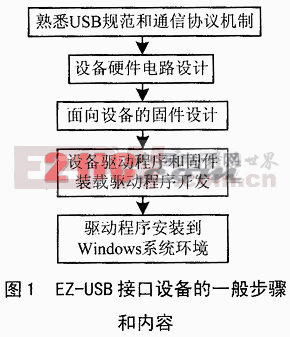

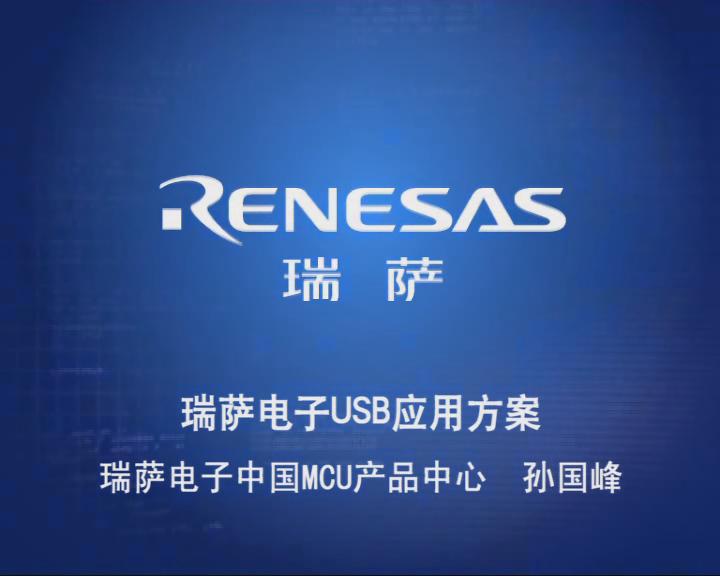

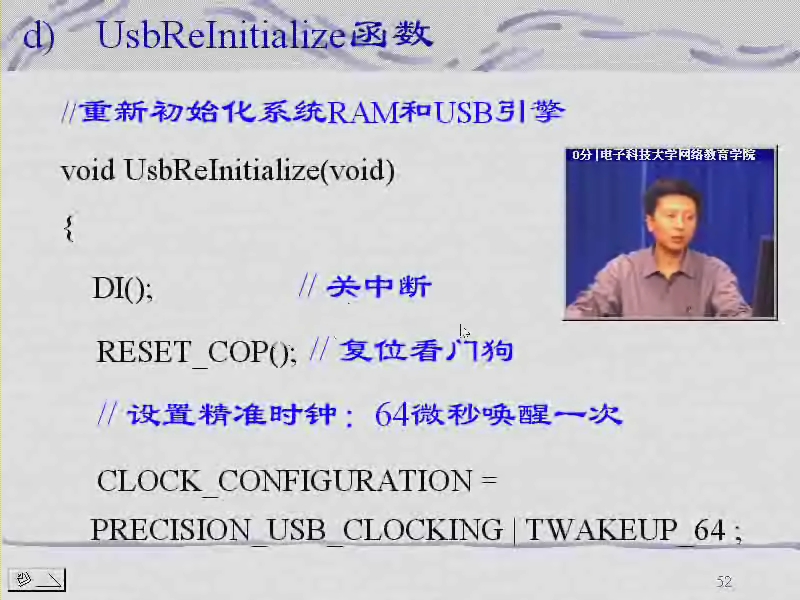
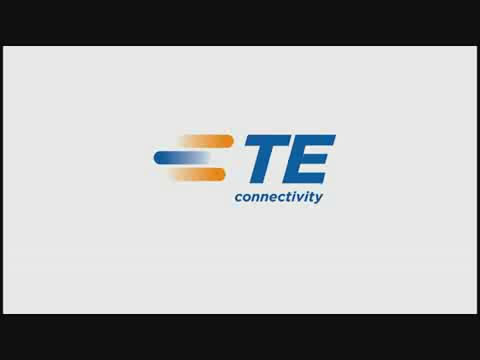

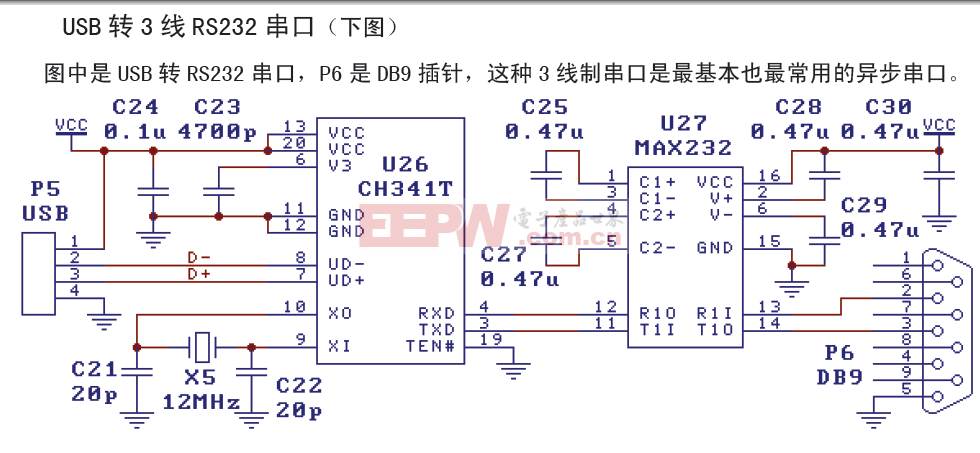

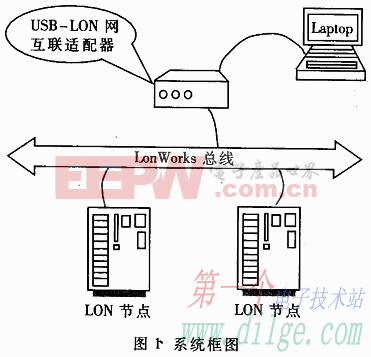

评论